Shuyin Yang makes no attempts to hide her excitement. In a few hours Art SG will treat the VIPs to a preview, and the day after the public will finally get a glimpse of what the international line-up of galleries will show and sell.
“I think it is a really interesting time, you know?” she says. “I mean, it’s the first time that we really feel like things are aligning for Singapore.” And many will agree with her.
“It’s inevitable in that way because Singapore has so much to endorse itself as a key player in Asia Pacific and Southeast Asia,” she continues, naming the pluses on which the anticipated moment will ultimately rest: the infrastructure, the finance sector, the hospitality, the fantastic museums.
Add to those what many feel is a burbling urge to see and purchase good art.
“The National Gallery is doing so much in Singapore – and economically as well – to get the attention of local and international visitors. So it feels like a very good moment to put together a major international art fair for Singapore.”
The last art fair in Singapore of a similar magnitude, Art Stage Singapore 2019, already feels distant. What remains of it now with those who still remember it is its dramatic demise. Understandably, people are looking forward to something positive and upbeat.
Art SG, meanwhile, has received a very good response from local, regional, and international galleries. “We have galleries coming from just about everywhere,” Yang says beamingly. “The official number is over 150, but it's actually over 160.”
The exhibitors’ roster is filled with names of renowned galleries and artists, the program of fringe activities broad and deep.
According to Sectors
The participants will occupy two floors of the enormous exhibition halls of Marina Bay Sands within well-defined categories. “In terms of scale and quality,” Yang underscores, “we will be the largest art fair ever in Southeast Asia.”
The exhibiting galleries will be presented in four sectors, the main one being Galleries. “We decided not to reinvent the wheel; we’re calling it something that people can immediately identify,” Yang says. Galleries is for exhibitors with a multi-artists program, she explains, mentioning the likes of Oscar Murillo, Yayoi Kusama, Neo Rausch, and Tracey Emin among the standard-bearers for this sector.
“It's to showcase really respected galleries who are nurturing (artists) (and have) a very core program; they’ve been doing good work, they have been building up the artists, and they are recognized around the globe – so it's a showcase of some of the absolute best in international contemporary art.”
The second is Focus, a sector for galleries “that want to go a little bit deeper”, she qualifies. “It is for solo or two-artist programs or very tightly curated group shows which usually revolve around a certain thematic or curatorial aspect.”
Expected to join this sector are South Korea’s Kukje Gallery, which will showcase the works of contemporary indigenous Australian artist, Daniel Boyd, and the Philippines’ Drawing Room, with Pam Yan-Santos, an artist who has achieved some sort of cult status despite not showing her output outside her country.
“In terms of tightly curated group shows, we have local gallery, Yeo Workshop, presenting a very tightly curated group show of Singapore and Southeast Asian artists, and working with a former Singapore Art Museum curator to tie it all together.”
With the Times
The third is Futures, which will comprise galleries under six years old and representing the rising generation of artists. “This is a sector that I'm really excited for,” Yang admits candidly, “because you have young names, both the galleries and the artists, to look forward to.
“But they’re already well recognized, and curators have started taking notice of these artists for museum shows and biennales. If you want to go on the front foot of looking at contemporary art, this is a sector to go to.”
Among those that are under this sector are Shanghai’s Tabula Rasa, which has just opened a new space in London; Seoul’s P21, which represents artists who have participated in, say, the Bangkok Biennale; and Bangkok’s Warin Lab Contemporary,
which is a bit of an incubator space with a full program based on sustainability artists, thinking about the environment, and working with recycled materials.
“There's this very good synergy between their programming and what they're doing, the platforms that they have shown in before, and what they're bringing to the fair,” Yang assures.
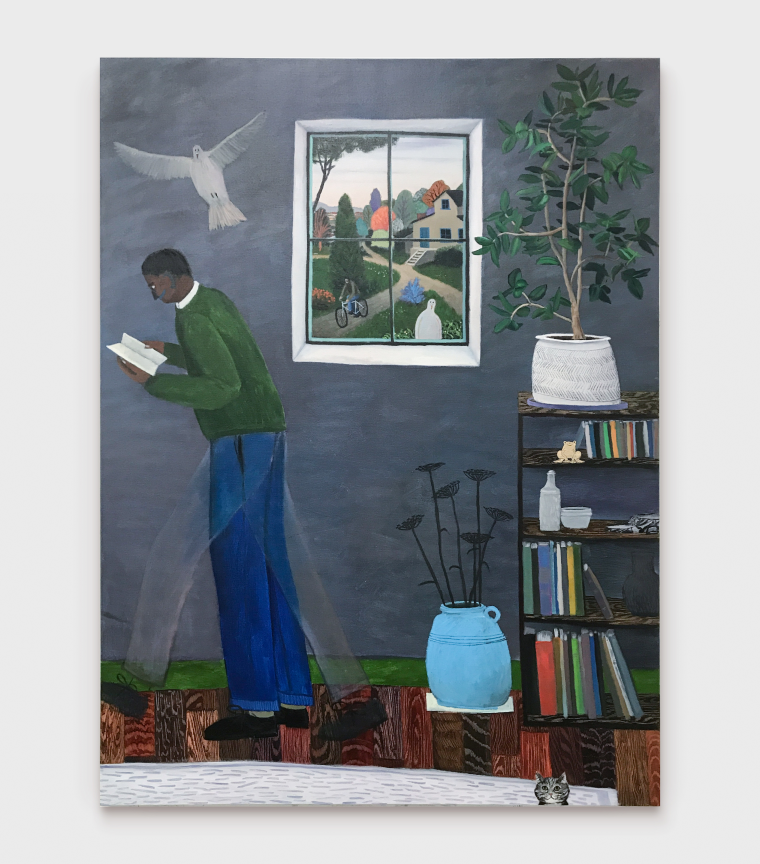
Finally, there’s the last sector called Reframe.
“Reframe brings us into another perspective of thinking about art,” Yang elaborates. “Everyone is used to art being something very physical – like a painting, a sculpture or something that occupies physical space. So this is a sector for digital art and NFTs, but it could be all manner of art embracing digital technology—digital painting, animation, AR/VR, and so on.” (The fair will also feature a film sector – not as a gallery sector, but as a public art sector – looking at all these types of work.)
“We're trying to build up that context for art collectors to feel the connection between their existing collections—which might be physical art, a bit of film, a bit of (new) media art.
“In the early 1980s, there were all these shows in, say, New York that were very avant-garde called ‘new Internet art’. Some of those names are the same ones who first started looking at blockchain and cryptography. They look at it and say this is interesting – I can use coding to create an artwork,” Yang remembers.
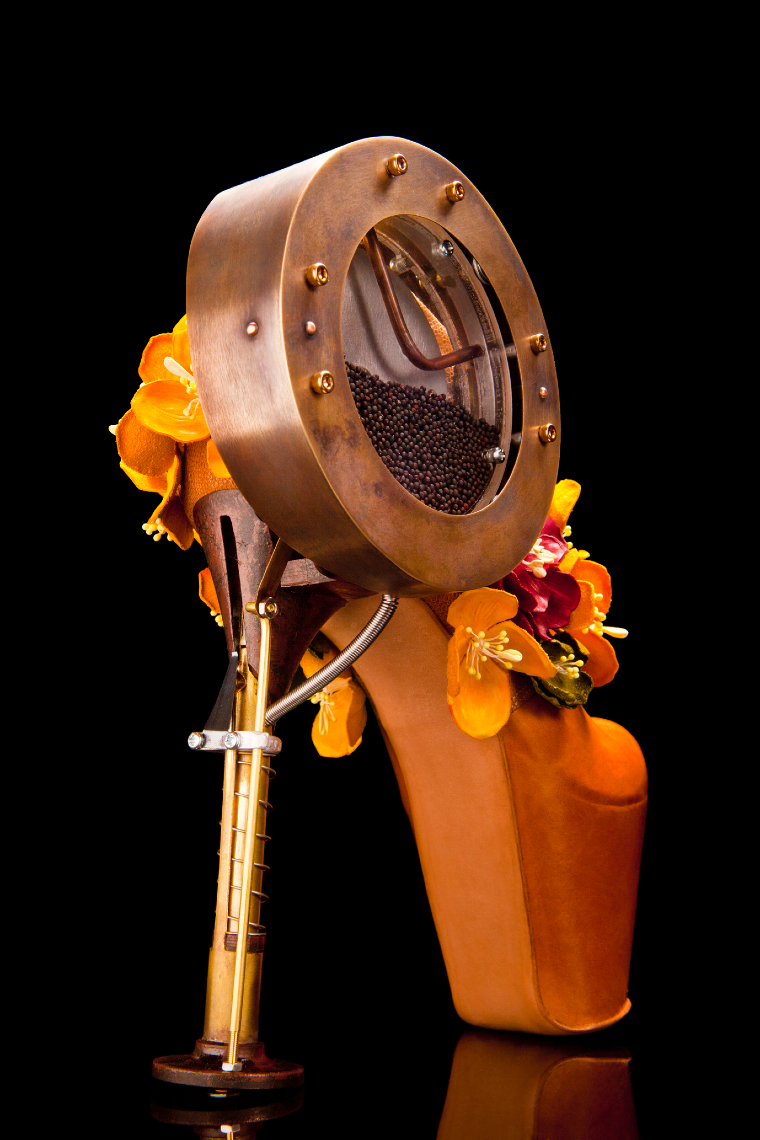
“So we’ve got some really good pioneer galleries bringing pioneering artists, including Jennifer and Kevin McCoy. Kevin is known for minting the first art NFT, which was minted in 2014 and then it was sold at Sotheby's.”
Yang emphasizes that they are training the spotlight on the content and the curation rather than the needs of the sectors. “Most importantly, when we're putting together this fair, the ambition was always for Singapore in Southeast Asia to connect to the international art world.”
Yang suggests that Art SG is a reflection of Singapore’s natural position – its location. Historically, Singapore was a maritime hub that connected it to various parts of Southeast Asia and the greater continent. Later on, it evolved into an aviation hub and then a financial center.
“When we thought about this fair, it kind of expressed the identity of Singapore – as a hub or even a port for artworks to come into the harbor and engage with the local audience. That's how we created everything. That was the basis.”
Art SG runs from 12 to 15 January 2023 at Marina Bay Sands Singapore.
For more information, log on to artsg.com.






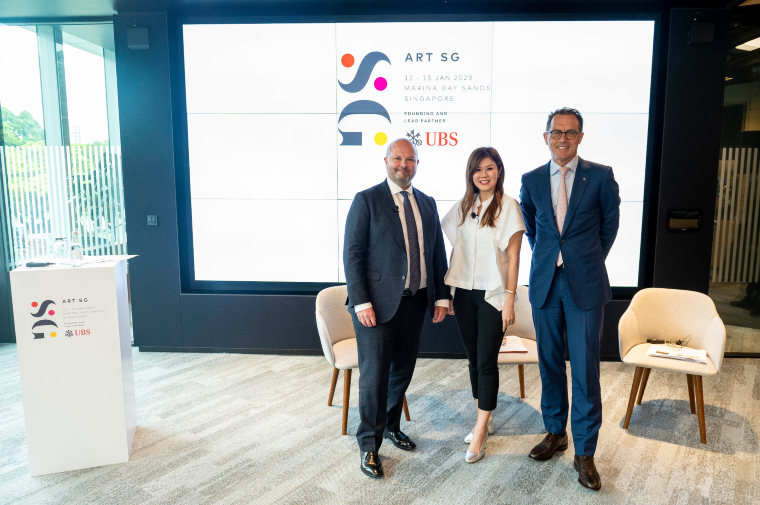
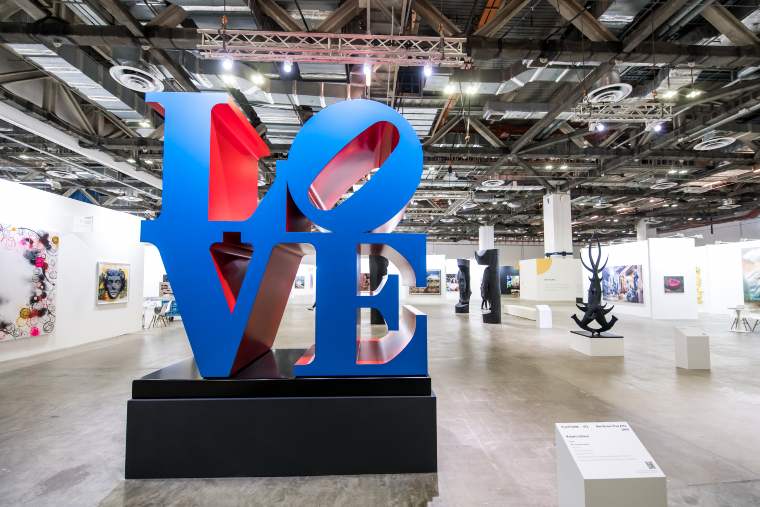
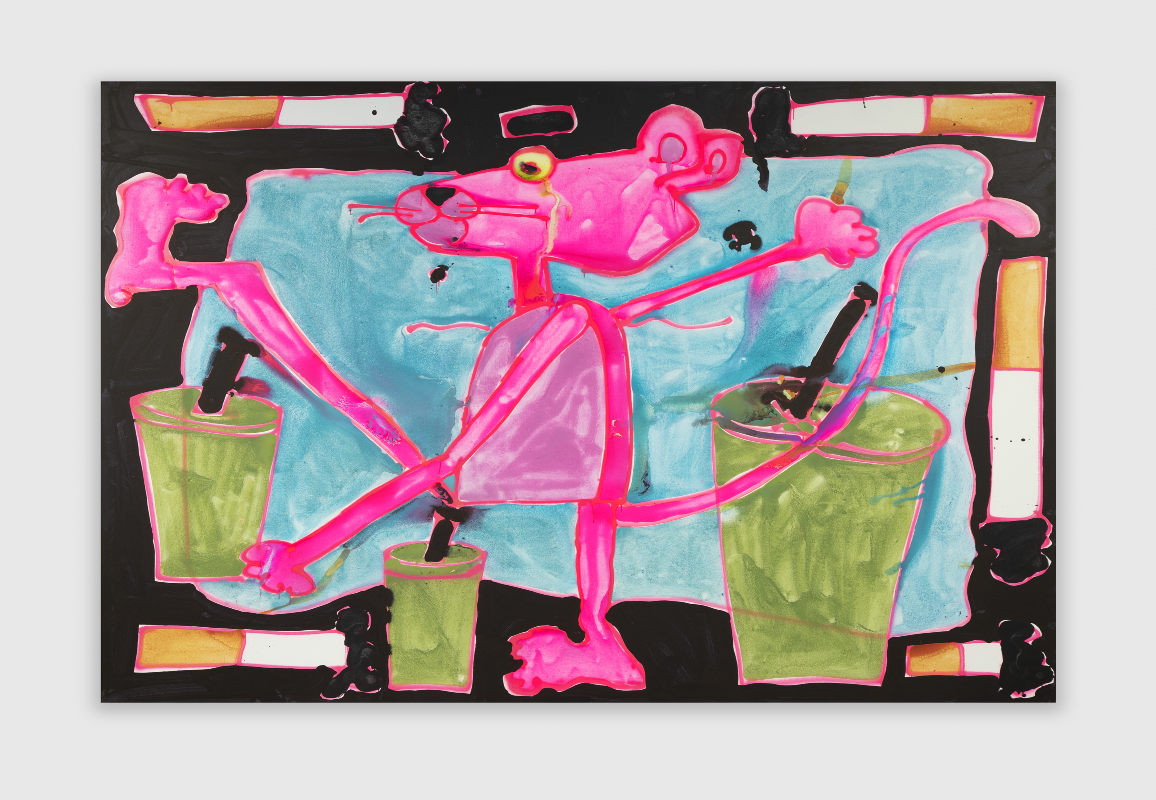
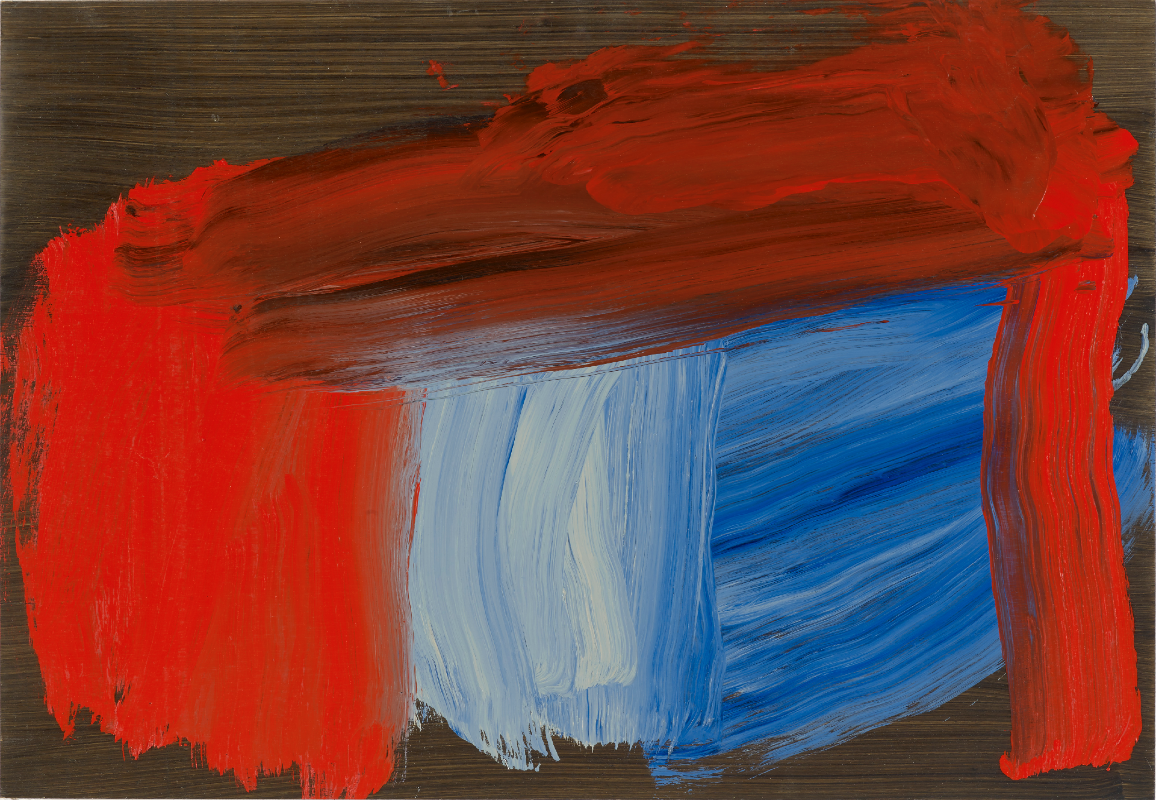
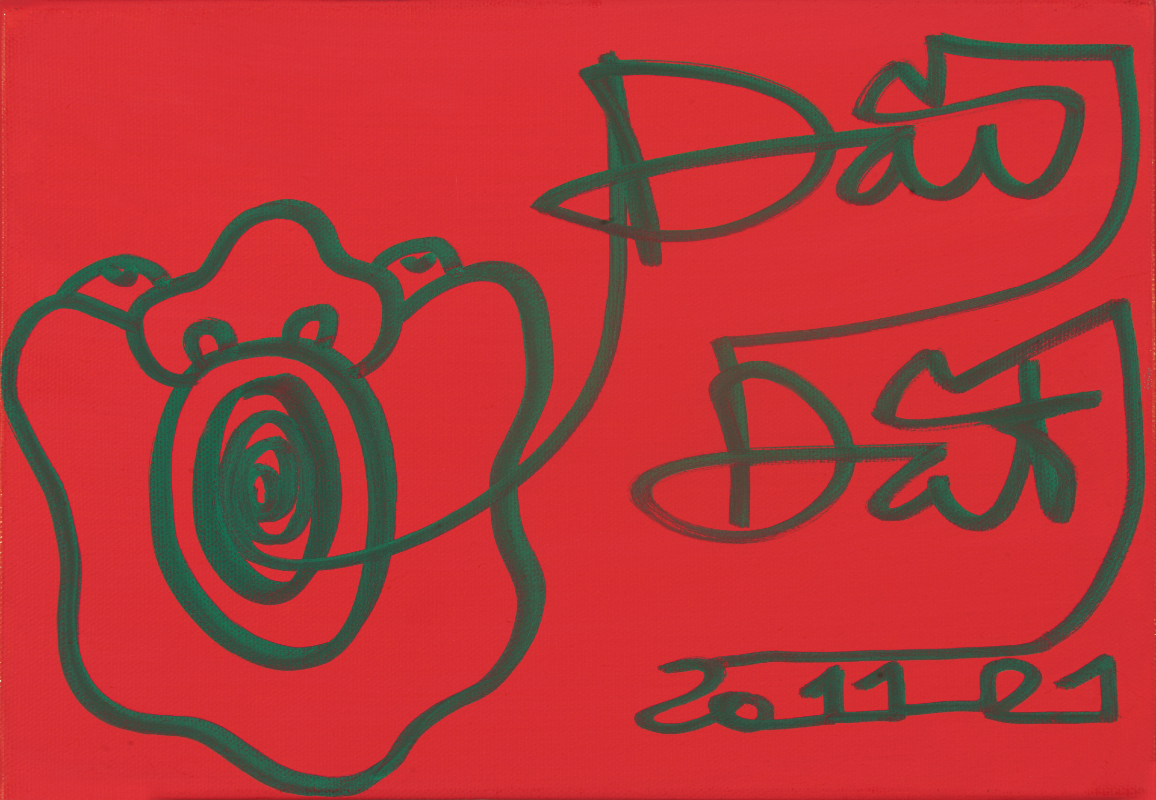
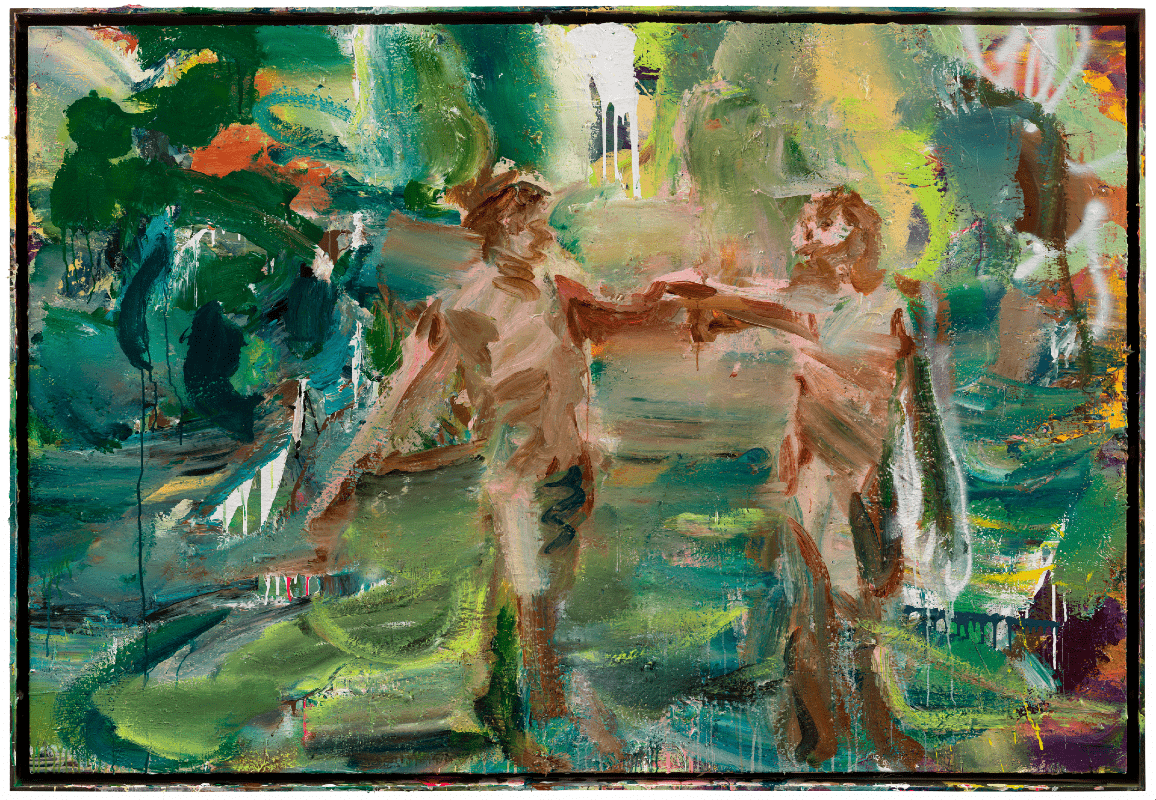
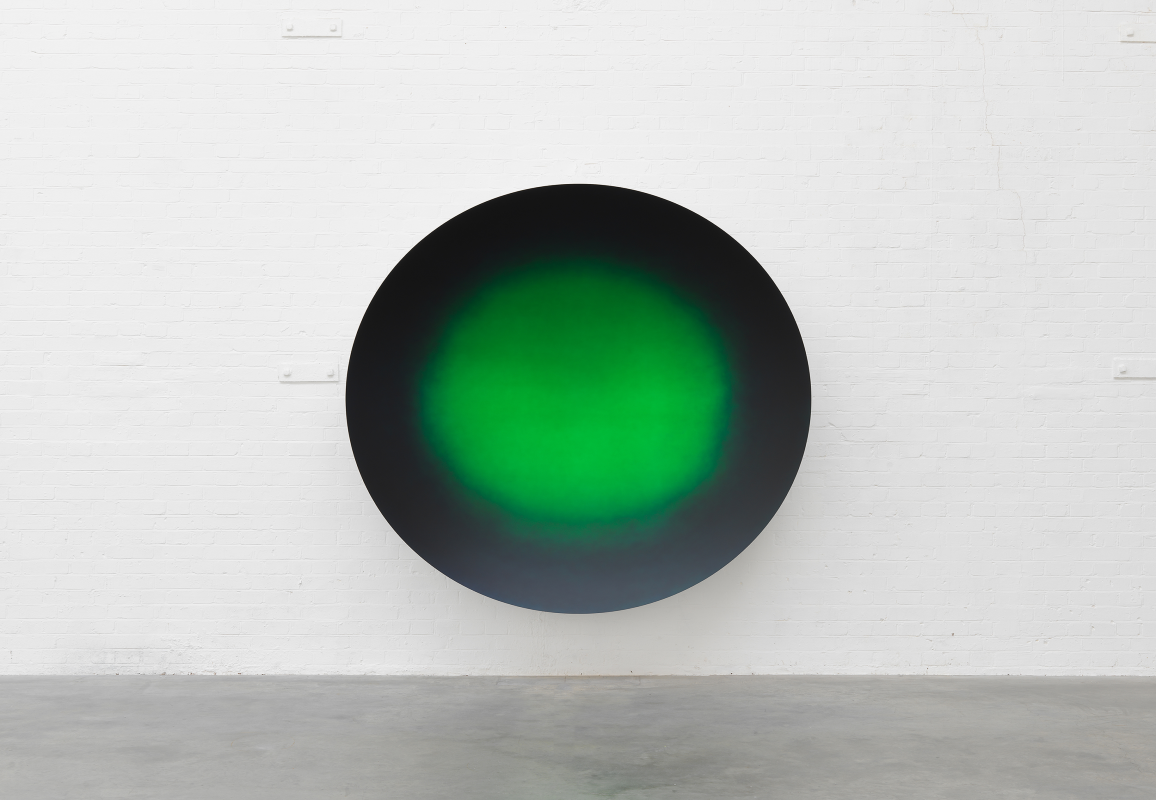

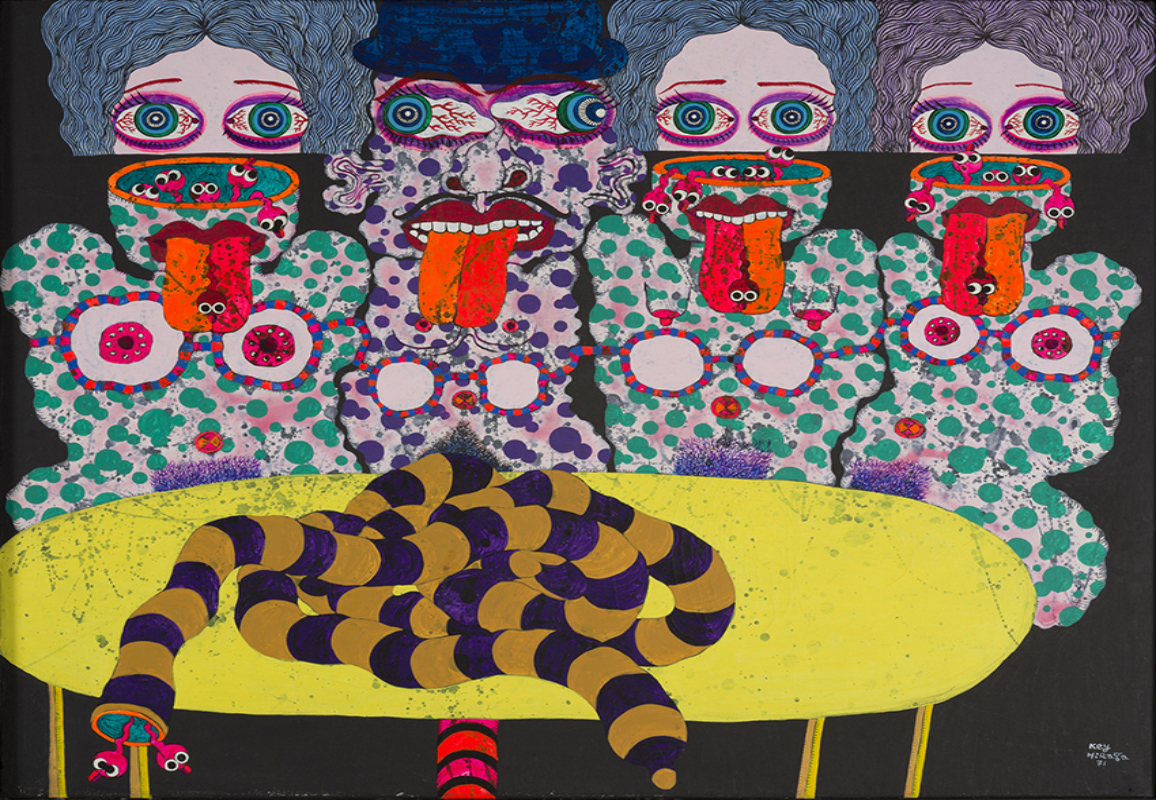
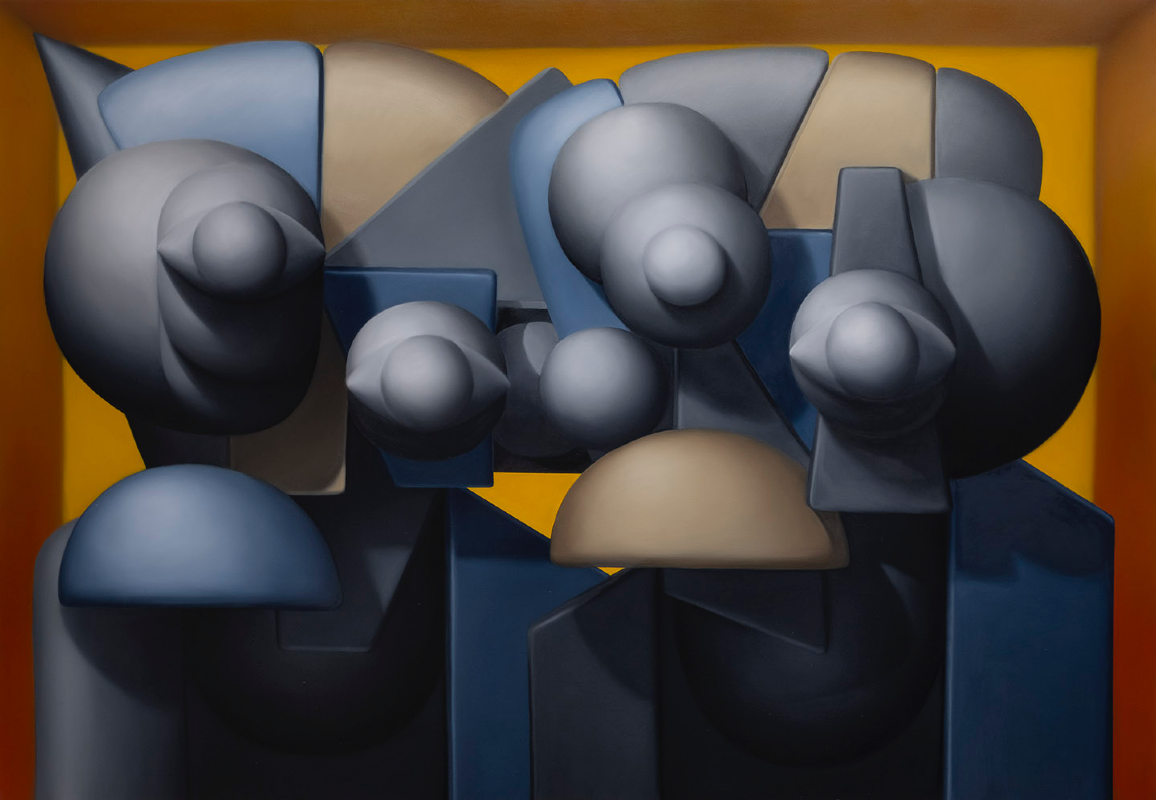
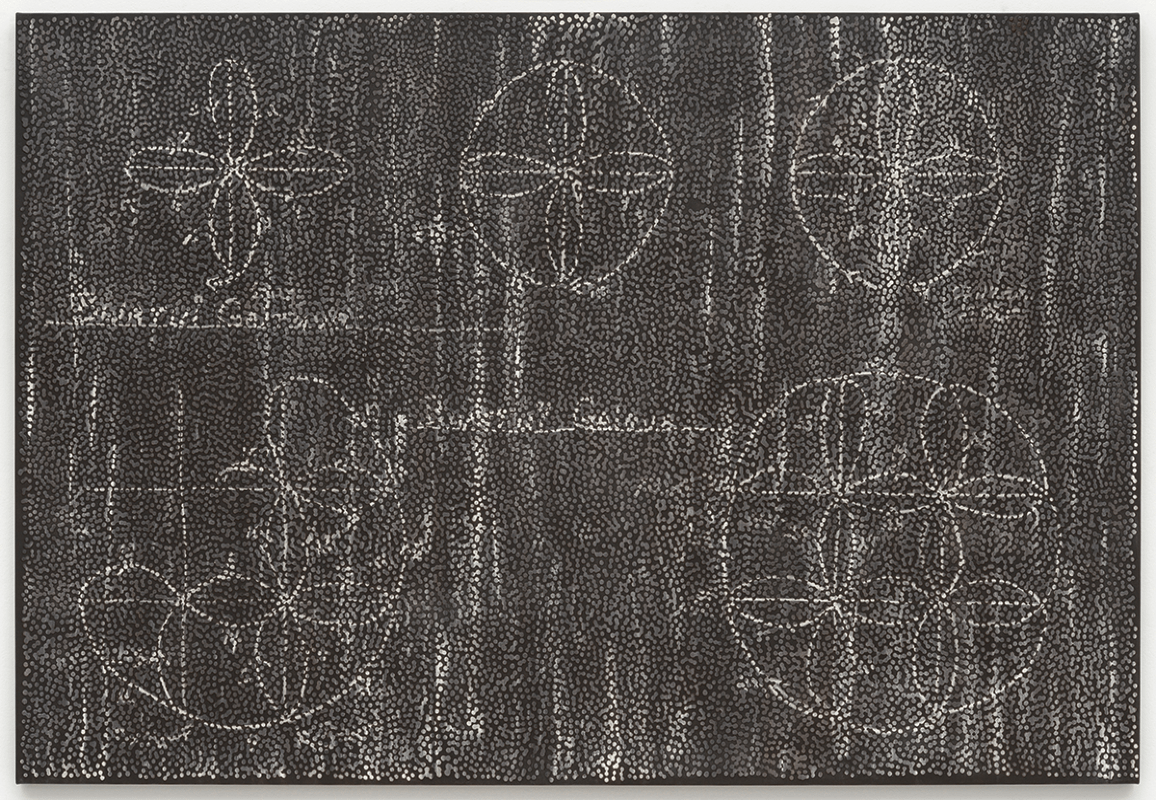
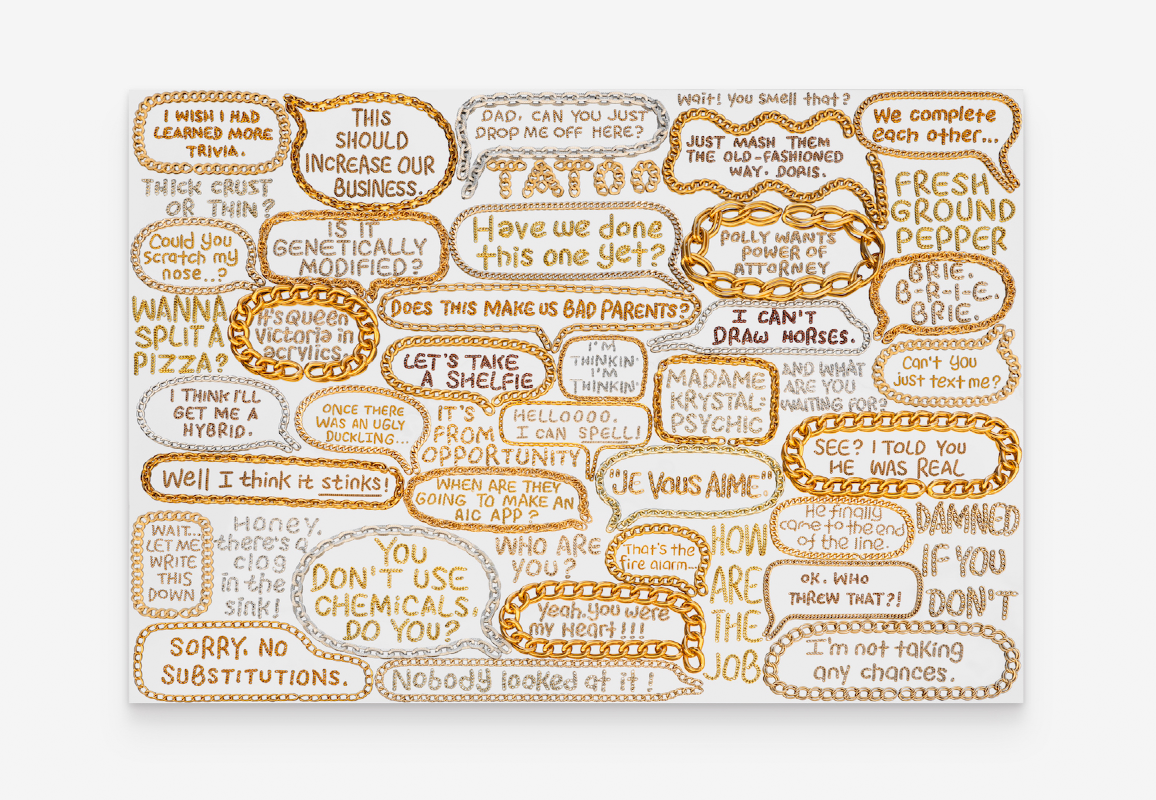
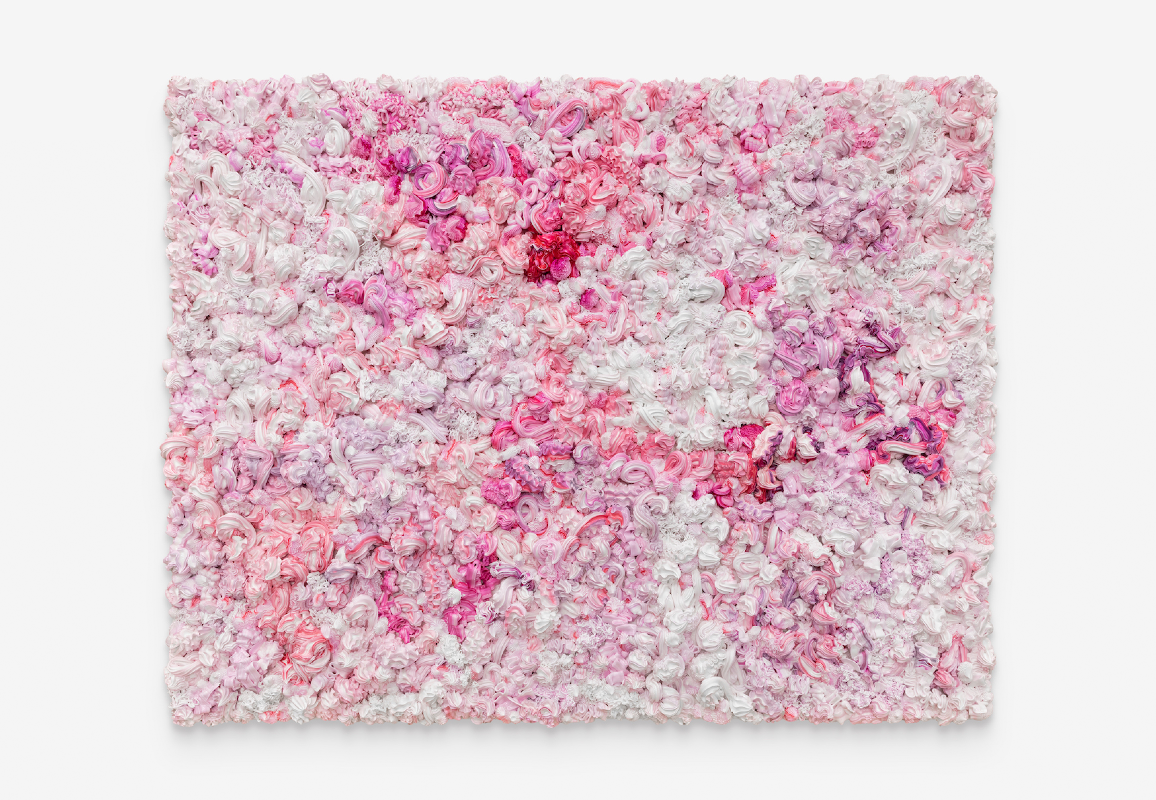


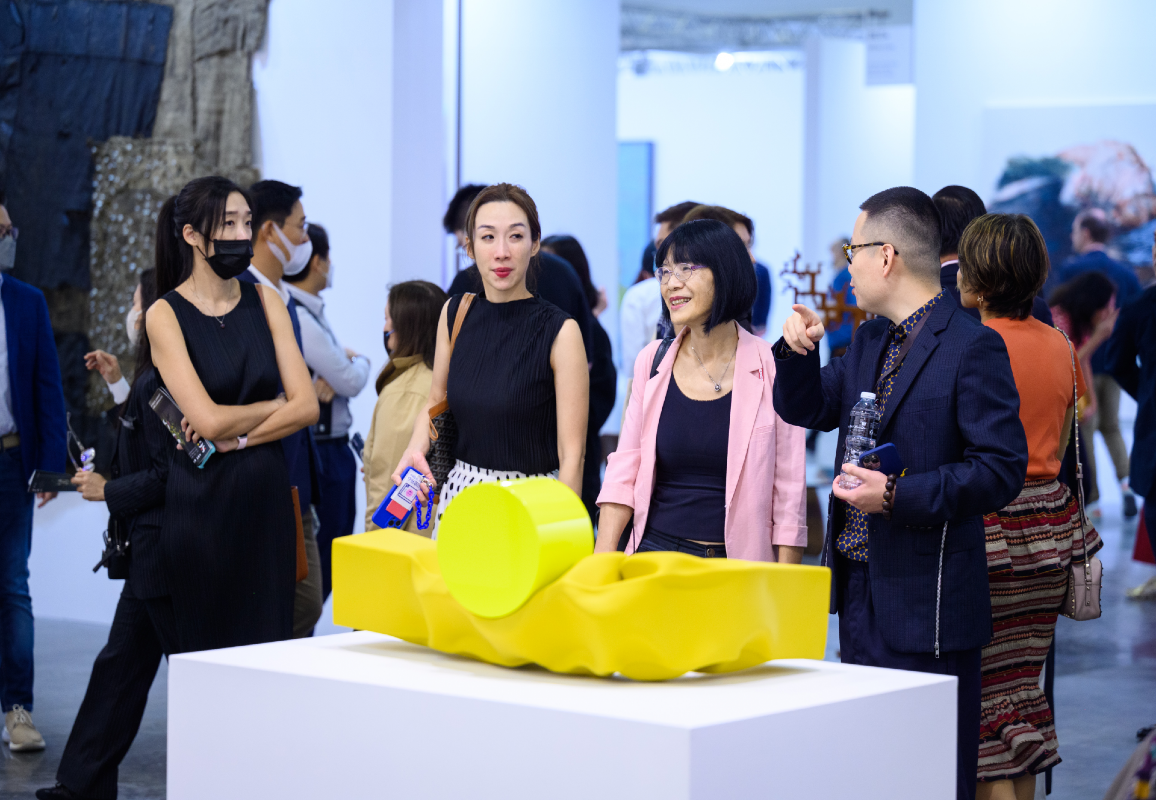
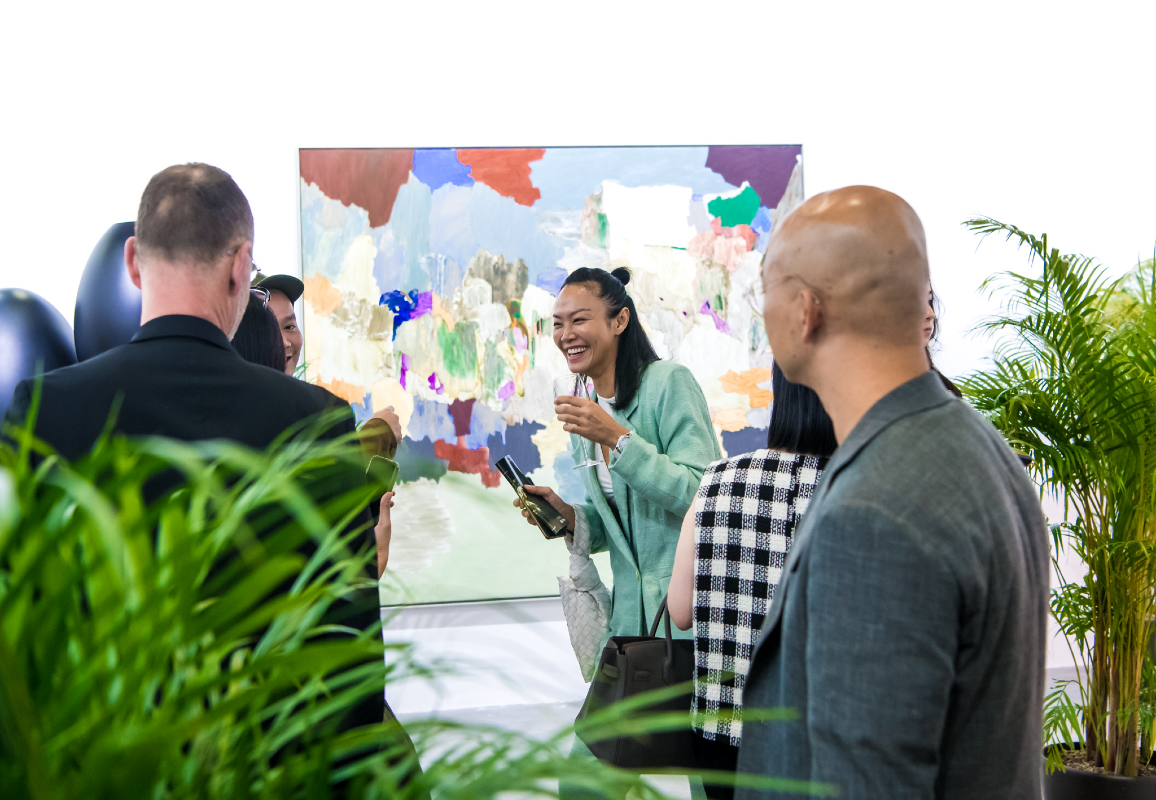
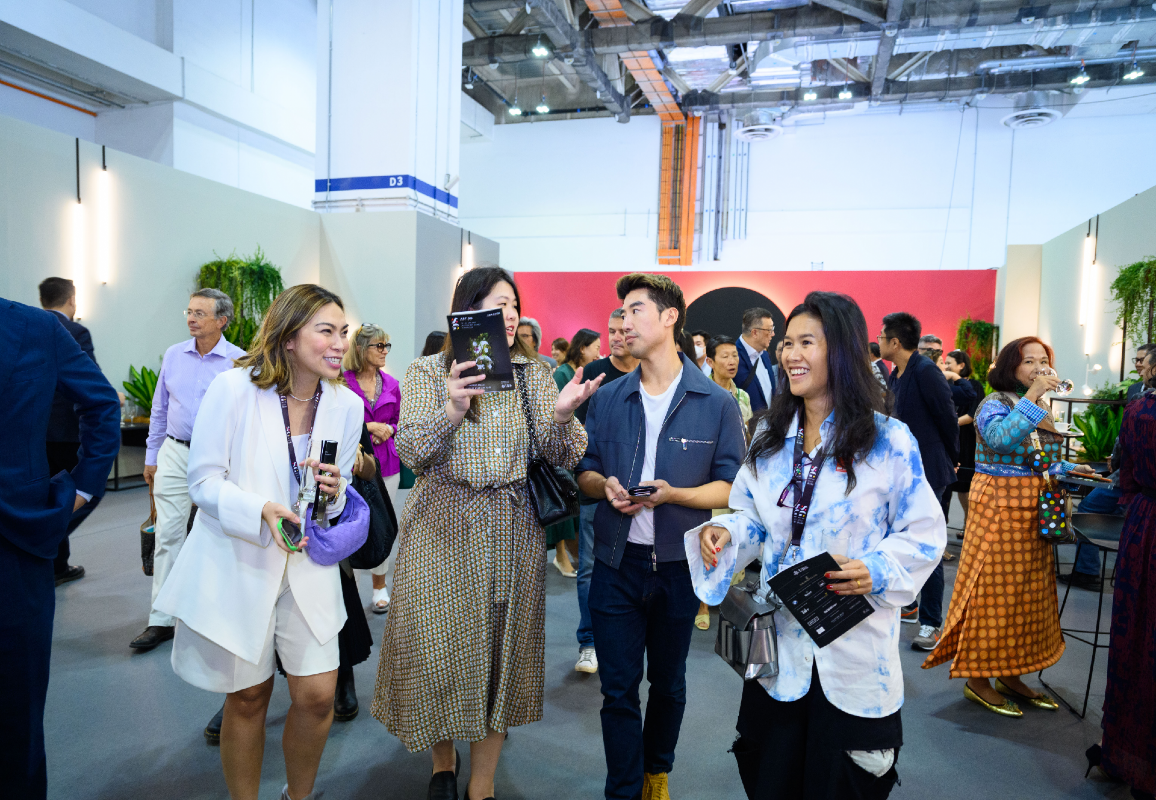
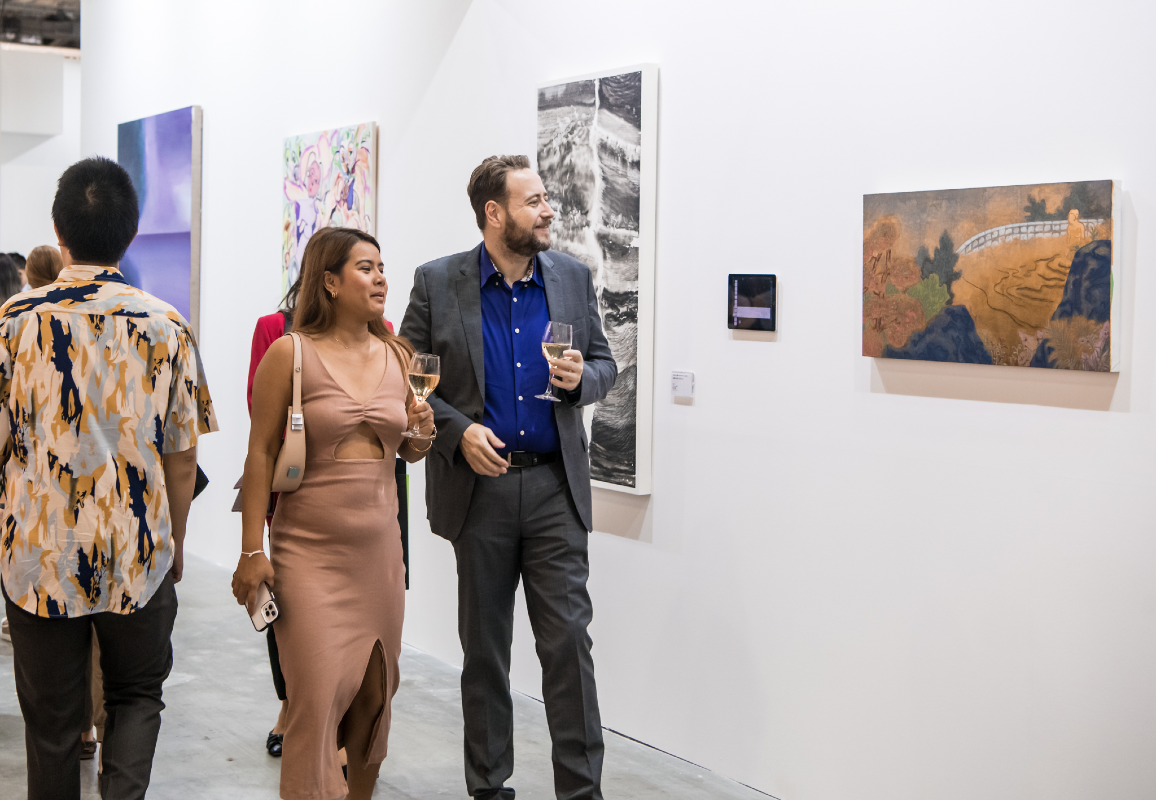
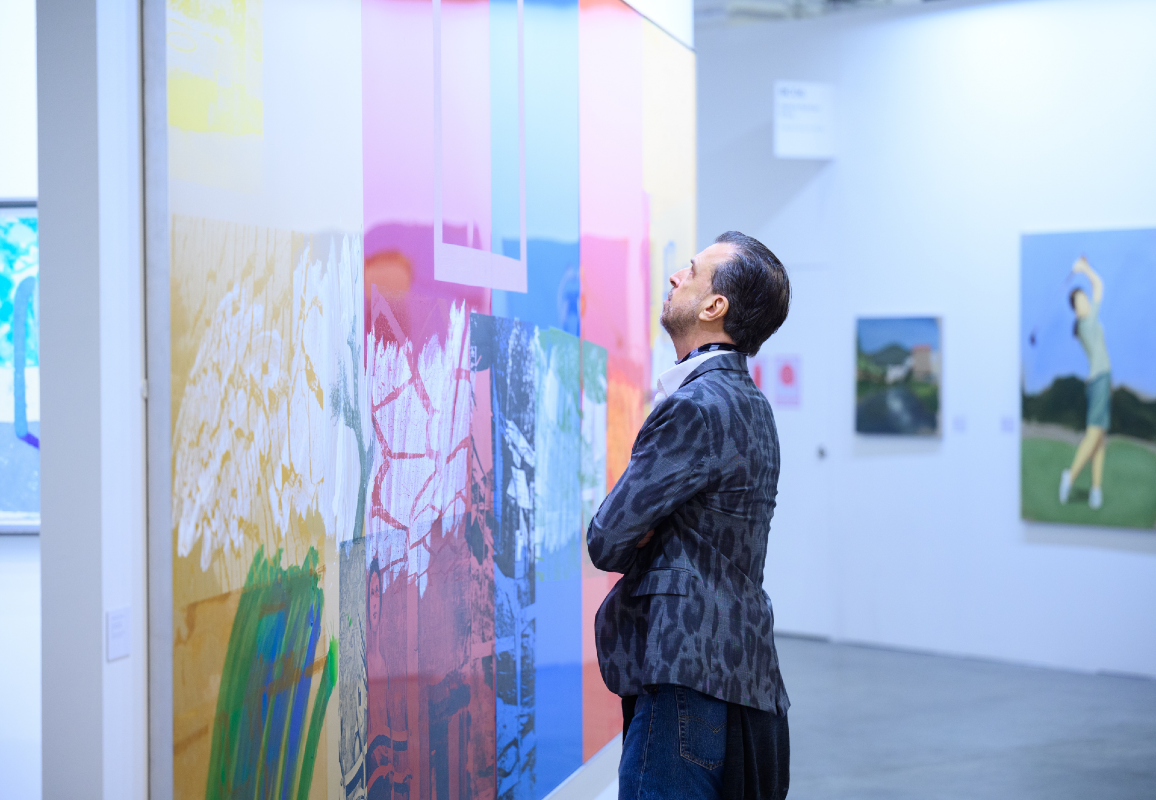
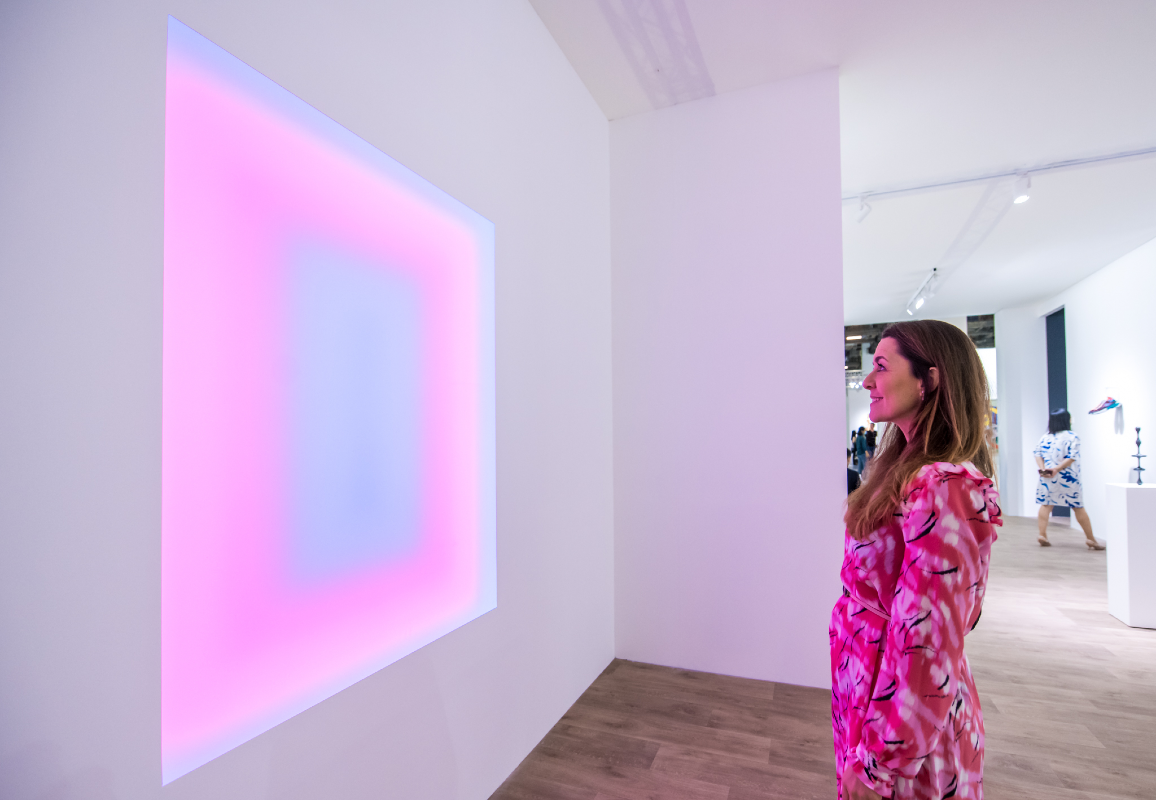
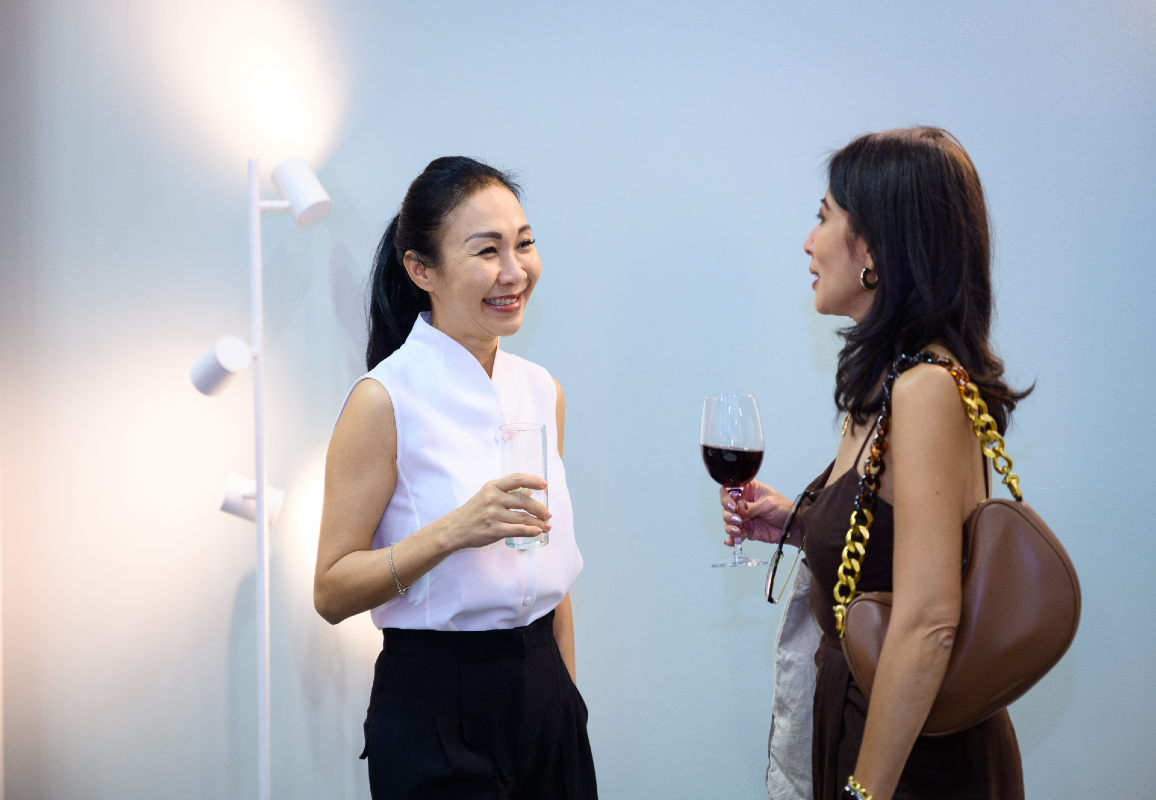
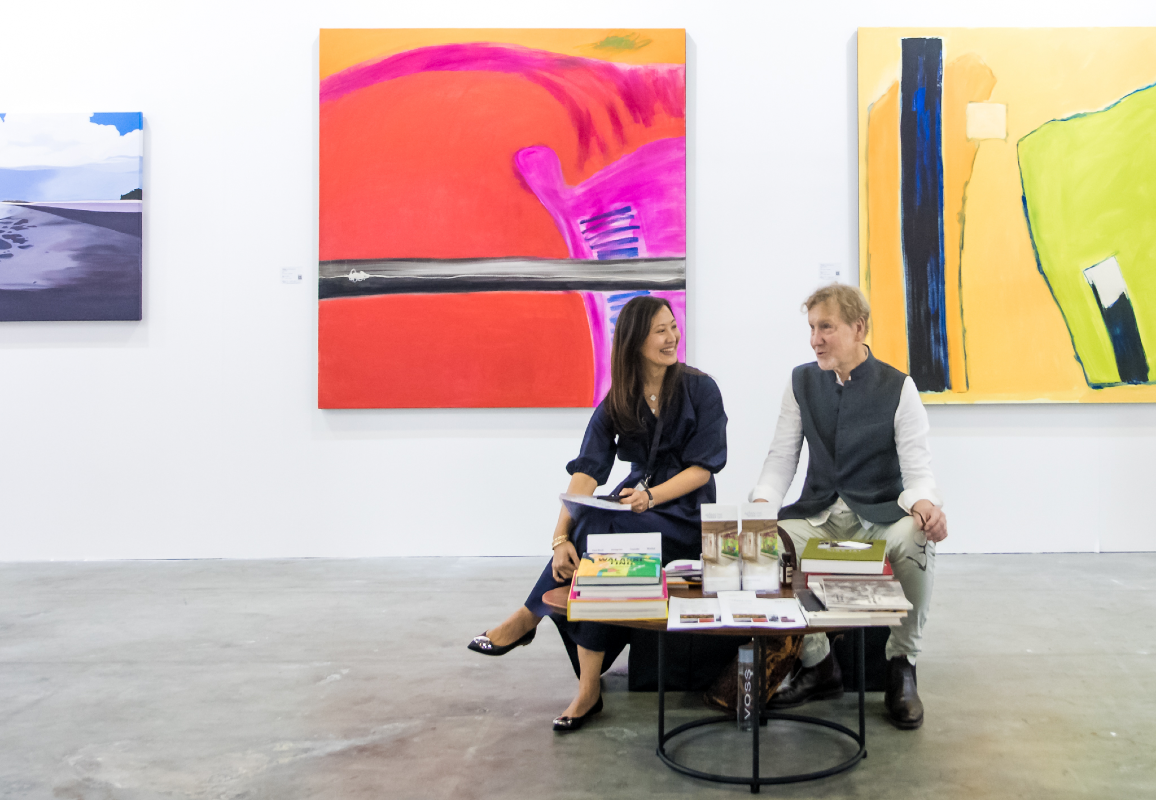
-141.jpg&w=500&h=550&crop-to-fit)


.jpg&w=500&h=550&crop-to-fit)
 Back
Back
